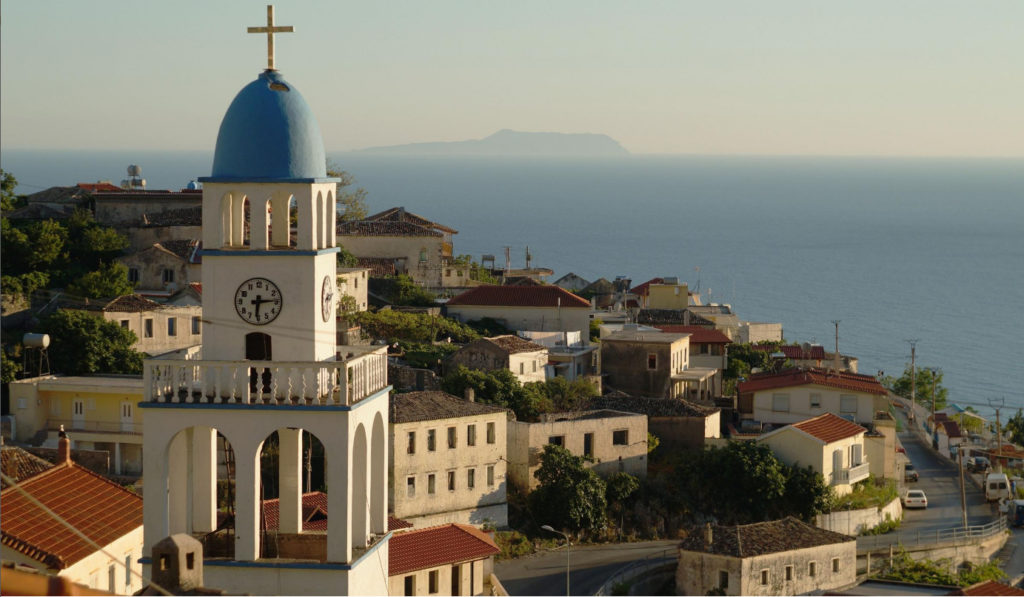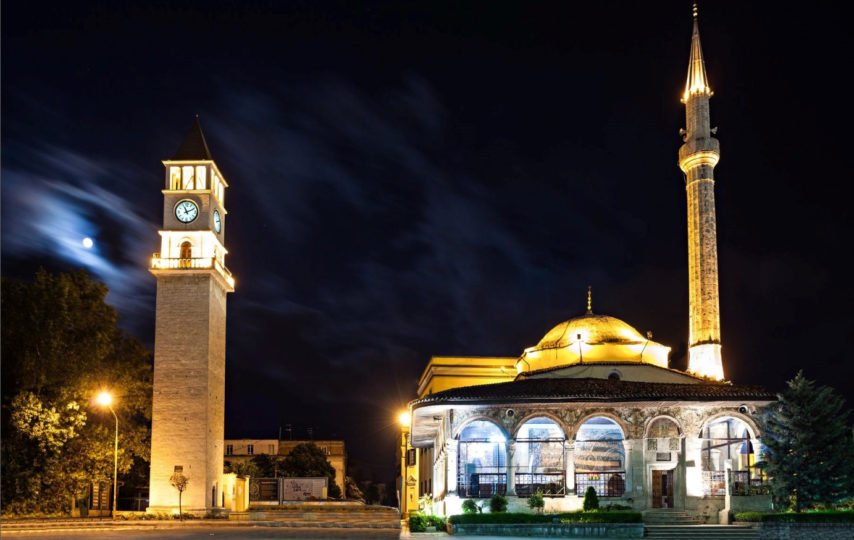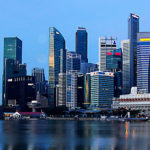The most-commonly practiced religion in Albania is Islam (mainly Sunni or Bektashi), the second-most-commonly practiced religion is Christianity (mainly Orthodox, Catholic and Protestant), however there are also many irreligious, people.
Albania is unique in the religious tolerance it has traditionally provided, with spiritual places coming from different religions. Though perhaps no other country in the world has seen such peaceful co-existence of so many of the world’s religions. Some Religious Sites of Albania Bektashi World Headquarters in Tirana The Bektashi Way is a mystical path whose goal is to perfect man’s soul
History reveals that Bektashism was founded by the Sufi mystic Hajji Bektash Veli in the 13th century. In his time, he had 320 Missionaries who he sent to various places throughout Anatolia and the Balkans. By means of their particular hierarchy, Bektashi tekkes (lodges) played an important role in the religious life of various places of the world. Bektashi babas and the dervishes spread their mystical interpretation of Islam throughout Turkey, the former Yugoslavia, Greece, Albania, and even established a presence in Egypt, Iraq and Hungary.
This value can be recognized in the attitude of Bektashis for being forward-looking in their time, place and culture facing the various problems of the world with calmness and tolerance, aiding in the peaceful interaction with all peoples of faith. Catholic Church Heart of Christ in Tirana Tirana’s oldest surviving Catholic Church is the Roman-style Jesuit church, built by Giovanni Santi (from Udine in Italy) in 1939. In 1967, when all the religious activity in Albania was banned, it was stripped of its frescoes and turned into a cinema. It reopened as a church in 1991, with two chapels repainted by Shpend Bengu in 1999. Visitors are welcomed in the morning and afternoon.

Church of Saint Anthony near Laç The Church of St. Anthony of Padua in Laç (Kisha e Shën Anoit) is located close to the town of Laç, 3 km away. The church was built in 1557 CE in honor of Saint Anthony of Padua, a Catholic saint who was born in Lisbon and died in Padua.
This church is famous for hosting the largest Catholic pilgrimage held in Albania. The peak of the ceremony is organized on June 13. Church of Saint Ristoz, Mborje , Korça The Holy Resurrection Church (Albanian: Kisha e Ristozit) is a Cultural Monument of Albania, located in Mborje, Korça District. The church is dedicated to Saint Mary. Early Christian Basilica of Saint Michael nearby Durrës Early Christian Basilica of Shën Mëhill (Saint Michael) in Arapaj: The ruins of the St. Michael Basilica (Bazilika e Shën Mëhillit) were discovered during an archaeological expedition in 1974 CE, which took place 6 km away from the modern city of Durrës.
The church is notable for its architectural style, which features three naves, an atrium on the west side and an impressive mosaic covering a surface area of 54 m2. The mosaic is almost intact and survives in a surprisingly good condition. Not far from the area, some sculptural objects dating back to the 5th – 6th centuries CE were also discovered. Many unearthed coins found around the area indicate that the settlement was in use from the 5th – 14th centuries CE. In 1081 CE, the Byzantine soldiers fleeing from the Norman invasion sought refuge in the church, and it was thus later burned to the ground by the invade Et’hem Bej mosque in Tirana This is the only still existing mosque out of eight mosques that were built in Tirana in century XVIII-XIX. Its foundation was laid by Molla Bey at the end of the century XVIII, and the chapel was completed by his son Haji Ethem Bey in the first quarter of the century XIX. Molla Bey managed to build the dome of the mosque, unable to finish the minaret, the portico, the plastering and the decoration of the mosque’s walls because he died. His son Haji Et’ehem Bey finished the roof of the mosque, built the porch and decorated the mosques with paintings and ornaments. The chapel was finished in 1236 ‘h (1820-1821) Lead Mosque in Shkodër Located behind the Rozafa Castle, the “Lead” Mosque was built in 1773 CE by Mehmet Pasha Bushati and is one of the most prominent cultural and religious monuments in the city of Shkodra. Of particular significance is its architectural similarity to the Blue Mosque in Istanbul. This stands it apart from other mosques in Albania, which were designed and built based on typical Arabic architectural styles. Muradie Mosque in Vlora Muradie Mosque is located in the very heart of the city of Vlora. It is a sultan style mosque, with a dome built in the second half of the 16th century CE. It consists of a prayer hall and a minaret built of carved stone. This monument has a harmonious distribution of its windows. Mimar Sinan Aga the Great, an architect of Albanian origin who was one of the most important mosque builders in the Ottoman Empire, carried out the design and construction of this mosque. He is considered the greatest architect of the classical period of Ottoman architecture, often compared to Michelangelo. Muradie Mosque is the only structure that has remained from this master in Albania. Orthodox Cathedral in Korça Korça’s Orthodox Cathedral of the Ressurection was completely rebuilt in 1992 after the previous church on this site, St. George cathedral, was destroyed by the Communist authorities in 1968. Now the impressive pink building is the largest church in Albania, and the second largest in the Balkans. Inside, the modest white interior is is dominated by a huge carved wooden iconostasis. Also note the Albanian eagles carved into the chairs.













